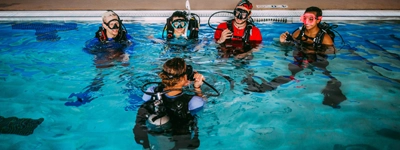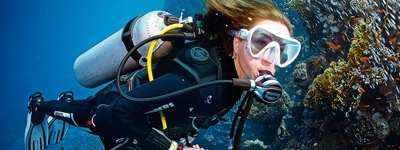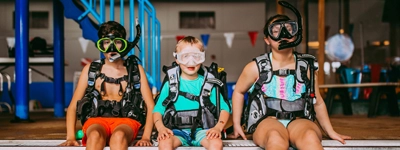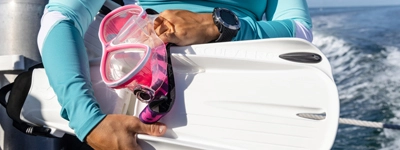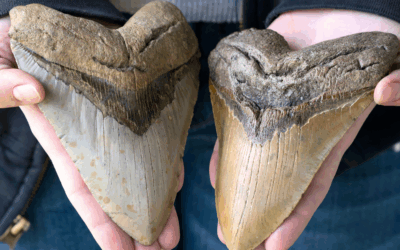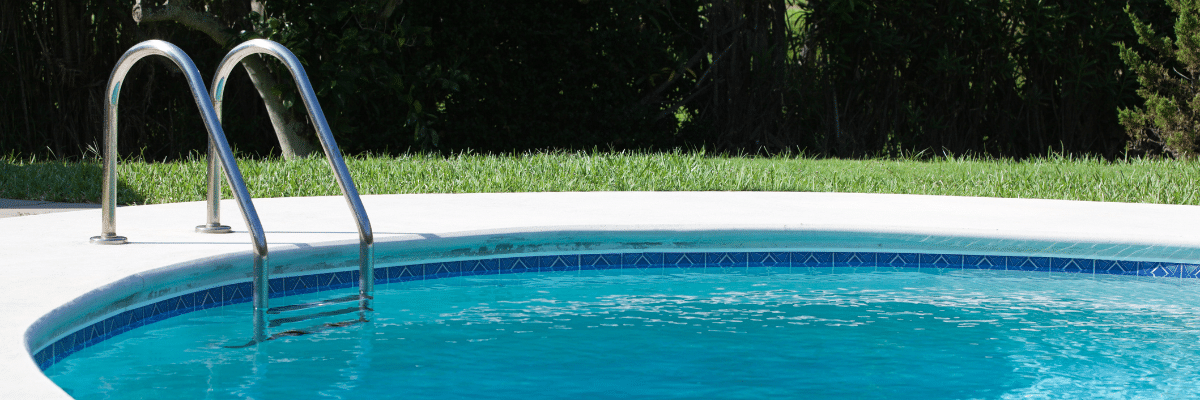
As kids grow into teenagers, they often gain the confidence—and independence—that comes with knowing how to swim. But just because your teen can swim doesn’t mean they’re immune to water dangers. In fact, this age group may be more at risk due to their boldness, social influence, and tendency to overestimate their abilities. That’s why consistent, open conversations about water safety are critical for families with teens.
Teens and Risk-Taking Behavior
Teenagers are biologically wired to take more risks. Their brains are still developing, especially in areas that regulate impulse control and decision-making. When it comes to water, this might mean:
- Swimming farther than their energy allows.
- Jumping into unknown waters without checking the depth or surroundings.
- Ignoring warning signs or rules at beaches, lakes, and pools.
- Believing they can “handle it”—even in dangerous situations.
According to the American Red Cross, drowning remains one of the leading causes of death for teens. While swimming ability matters, overconfidence and unsafe environments play a huge role in teen water-related injuries and deaths.
Why Swimming Alone is Never Safe
One common belief among confident teens is that they don’t need anyone watching them swim. But no one—no matter how strong a swimmer—should ever swim alone. Accidents happen quickly and silently. Cramps, exhaustion, strong currents, or unexpected drops can cause even a strong swimmer to struggle.
Even Olympic athletes swim with spotters. It’s not about ability—it’s about safety.
Know the Water: Dangers Beyond the Pool
It’s important that teens understand not all water is the same. Educate them on the different dangers that are present in different bodies of water. Talking about these potential risks ahead of time helps your teen make better choices in the moment.
- Rip currents can sweep swimmers away in seconds.
- Undercurrents in lakes and rivers can pull someone under without warning.
- Sandbar drop-offs and hidden underwater hazards can turn a fun swim into a dangerous one.
- Boating and jet ski traffic bring propeller and collision risks
- Marine life, while often harmless, can pose a risk depending on your location.

Peer Pressure in the Water
Teenagers are heavily influenced by their peers, especially in social situations like beach days, lake hangouts, or pool parties. That influence can sometimes lead to dangerous scenarios, such as:
- Pressuring someone to jump off a dock, cliff, or boat into water they’re not comfortable with.
- Encouraging non-swimmers to join water games or swim to a far-off point.
- Teasing or challenging someone who is hesitant or cautious around water.
It’s crucial to teach your teen that not everyone has the same swimming ability—and that’s okay. Your teen should never pressure someone to swim or take part in water activities they’re not comfortable with. Likewise, they should feel empowered to speak up or remove themselves from a situation that doesn’t feel safe.
Teach them to look out for others, not just themselves.
Emergency Response:
As much as we hope nothing ever goes wrong, water emergencies can happen in seconds. That’s why it’s important for teens to know what to do if they—or someone else—is in trouble. Help your teen feel prepared (not scared) by going over these key points together:
Call for help.
The first step in any emergency is to call 911. They may hesitate, afraid they’ll get in trouble for where they are, who they’re with, or what they’re doing. Let them know: Safety comes first. Always.
Reach or throw, don’t go.
If someone is struggling in the water, teach your teen to never jump in after them. Instead, use a long object (like a branch, pole, or towel) to reach out, or throw a floatation device or life jacket.
Locate emergency equipment.
At pools, lakes, and marinas, locate rescue rings, poles, first aid kits, and AEDs right away. Encourage teens to scan for these when they arrive at any new location.
Take a CPR class together.
CPR can save lives. Consider signing up for a class with your teen so you both feel confident in an emergency.
Understand the dangers of electricity and water.
Downed power lines and wet conditions are a deadly mix. If there’s a chance of electrical hazards—like after a storm—stay far away from any water, even puddles.
Be a water safety leader.
Encourage your teen to set the tone for their group. They can lead by wearing a life jacket, speaking up if something feels unsafe, and reminding friends not to swim alone. Leadership doesn’t mean being bossy—it means being brave enough to do the right thing.
Have a teen who can’t swim? We offer swim lessons for all ages. Click here to learn more about our swim lessons and find a class near you.
You May Also Like


